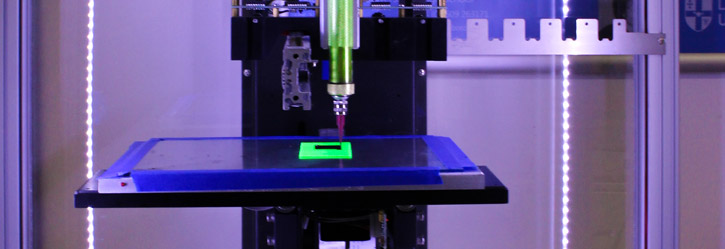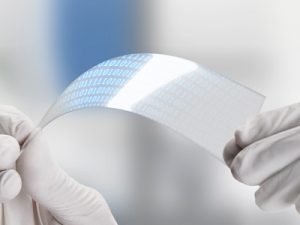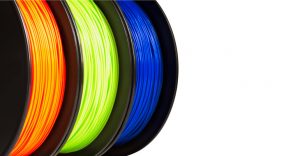
3D Printing Industry
3D printing is also known as “additive manufacturing” because every finished 3D printed product (if opened up sliced) is found to have thin layers of the printing material layed one of top of the other. They were added as such from the bottom-up by the extrusion nozzle of a 3D printer. The object is created from a digital file from a 3D model of it. The computer model is sliced into hundreds or thousands of layers and fed to the 3D printer.
What is the benefit of this system?
Traditional manufacturing is the old or usual way of manufacturing products, using, in contrast, subtractive manufacturing – removing parts of a block of material in order to create the desired shape. For example cutting wood or other materials. Additive manufacturing sees to it that even complex shapes can be created much more easily, uses less materials, and reduces time and wastage significantly. Parts and products can be printed on-site, hence, limiting transport needs. One-off items can be printed quickly and easily eliminating the burden of economies of scale. Products can be customized and redesigned as often as needed. 3D printing uses a variety of printing materials that are readily available – such as plastic, metal, powder, concrete, liquid, and others.
3D printing has been used in many applications and has impacted many industries, notably, the automotive industry, medical and healthcare, aerospace and construction. Others are manufacturing, architecture, design, education, entertainment and fashion.
Some of the most common examples that have been 3D printed came from a wide range of applications and many manufacturing settings. These products are airplane and spacecraft parts, car parts and accessories, running sneaker soles, mannequins and apparel, jewelries, body part prosthesis, robotics, furniture, small houses and buildings, as well as boats and bridges.
On the other hand, here are some examples or amazing, unusual and thought-provoking products: bones and muscles, including ovaries, bionic eyes, blood vessel networks, skin grafts, among others. Likewise, there’s food stuff like pizza, pastries and chocolates. Others are artificial coral reefs, replicas of archeological finds, sculptures, and more. Some homes have their own personal 3D printer that can pretty much churn up common, everyday items.



